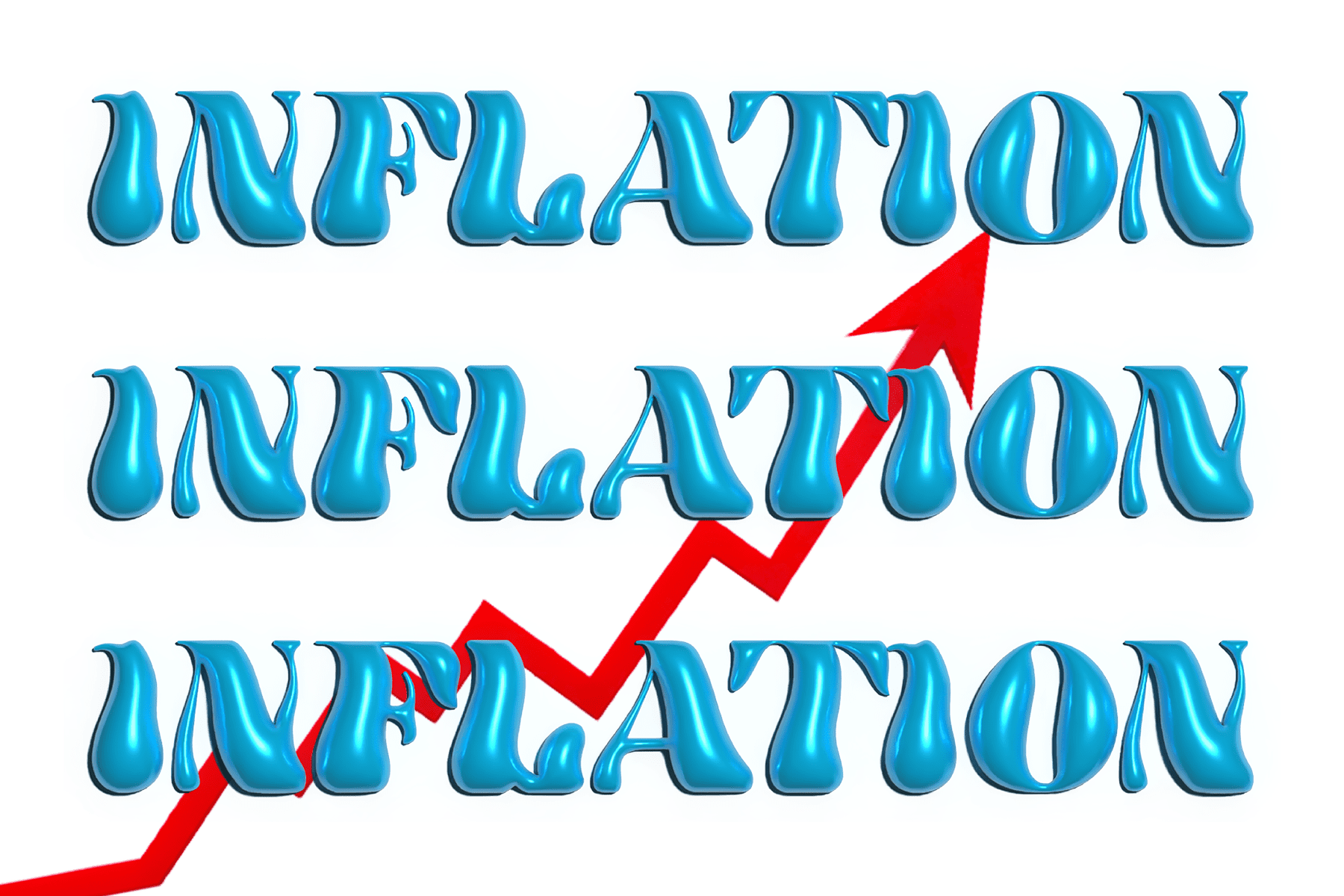Inflation is one of the most prominent economic crises facing Australia. While price rises peaked at 7.8% in the December 2022 quarter, annual inflation was still at 6% per cent by the end of the June 2023 quarter, far above the Reserve Bank of Australia’s (RBA) inflation goldilocks zone of two to three per cent. However, Australia’s policy response has disproportionately placed the burden of inflation management on society’s most disadvantaged, a consequence of deeply entrenched neoliberal ideology.
The RBA officially committed to an inflation target of two to three per cent in 1993, pledging to keep the long-term inflation average within this range. Inflation targeting, however, hasn’t always been Australia’s economic priority. The Curtin Labor government’s 1945 “White Paper on Full Employment” advocated for extensive government spending to ensure jobs were easily accessible for all. The post-war boom saw an average unemployment rate of 1.9%, significantly below the recent January 2023 “record low” of 3.5%.
In the 1970s, however, countries around the world adopted the theories of “monetarist” economists, led by neoliberal figurehead Milton Friedman, who argued that an economy’s primary focus should be inflation management through independent central banks. Their legacy lives on today through the RBA’s increasing or decreasing of interest rates in order to change spending habits.
The ultimate goal of raising interest rates is to reduce spending in the economy: in particular, the RBA focuses on the “long-run Phillips Curve”. This theory predicts that if unemployment falls too low, employers will be forced to fight over the smaller pool of available employees, driving up wages and therefore total spending. Higher levels of people earning wages also fuels greater levels of spending, meaning that increasing unemployment is often a secondary goal of interest rate rises.
Deputy RBA governor Michele Bullock, who will be replacing Phillip Lowe in his role as head of Australia’s central bank next month, noted in a June speech that “employment is above what we would consider to be consistent with our inflation target.” It’s no secret that the RBA believes Australia’s current unemployment rate of 3.6% is too low to keep inflation under wraps.
However, using unemployment as a tool to combat inflation clearly impacts the most vulnerable in our society, with those in casual and insecure work typically the first to lose their jobs during recessionary periods. Casual workers were eight times more likely than permanent workers to lose their jobs during the 2021 lockdowns, with young workers bearing 55% of those job losses. Women over 35 are also twice as likely as men to be in casual or part-time work, meaning job losses would exacerbate Australia’s 22.8% gender pay gap.
Modern Monetary Theory (MMT) economists believe that taxation should be used to combat inflation, shifting the burden of inflation reduction onto companies and high income earners. Increasing super-profit taxes or repealing the Stage Three income tax cuts, rather than raising interest rates, would achieve the same goal of reducing excess money in the economy without harming lower-income earners. Both the OECD and Australia Institute have found that super-profits are driving the overwhelming majority of Australia’s inflation.
Many MMT economists have also proposed a renewed focus on full employment through a “Jobs Guarantee,” involving the government guaranteeing a job at minimum wage for those unable to find employment in the private sector. If inflation rises above target and the government needs to raise taxes or reduce spending, those workers who lose their jobs as a result of the decreased economic activity would be pushed into a government guaranteed job rather than unemployment.
While economists argue that this would be inflationary, there’s a simple lack of evidence that the Phillips Curve accurately describes reality. A significant body of research finds a “flattened” curve that shows no clear relationship between inflation and employment. It’s therefore no surprise that a graph of predictions for the supposed lowest possible non-inflationary level of unemployment looks essentially the same as the actual level of unemployment over time.
Economists simply adjust their predictions when proven incorrect and cover their tracks by lamenting the ostensible difficulty of accurate forecasts. Pre-COVID, the RBA believed the magic number to be around five per cent unemployment, however in 2021 Philip Lowe said it could be in the “low fours”, with others even predicting something with “a three in front of it.”
Proponents of a Jobs Guarantee argue these jobs could fill niches too unprofitable for the private sector, alleviating labour shortages in sectors such as aged-care or conservation. While the program would require an increase in government spending, they argue that the economic and social costs of unemployment are far higher.
It’s also likely to simply work better at keeping inflation within target. Demand-shocks, such as those caused by sharp and successive rate rises, entrench long-term unemployment as jobless individuals quickly lose skills and the motivation to continue applying for work. This can make restarting economic activity after deflationary periods difficult: post-GFC Australia’s unemployment rate remained above five per cent for most of the 2010s, and from 2015 until 2021 the country experienced persistently below target inflation.
Inflation will stay a key economic debate for years to come, even after the current crisis passes. The recent RBA review recommended no fundamental change to Australia’s inflation targeting framework, a sign of neoliberalism’s resilience in the face of overwhelming failure. Next month, however, Treasurer Jim Chalmers will affirm a full employment target for the first time since the 1945 White Paper. While the exact number remains to be seen, it’s a promising crack in the armour of a decades-old orthodoxy.





